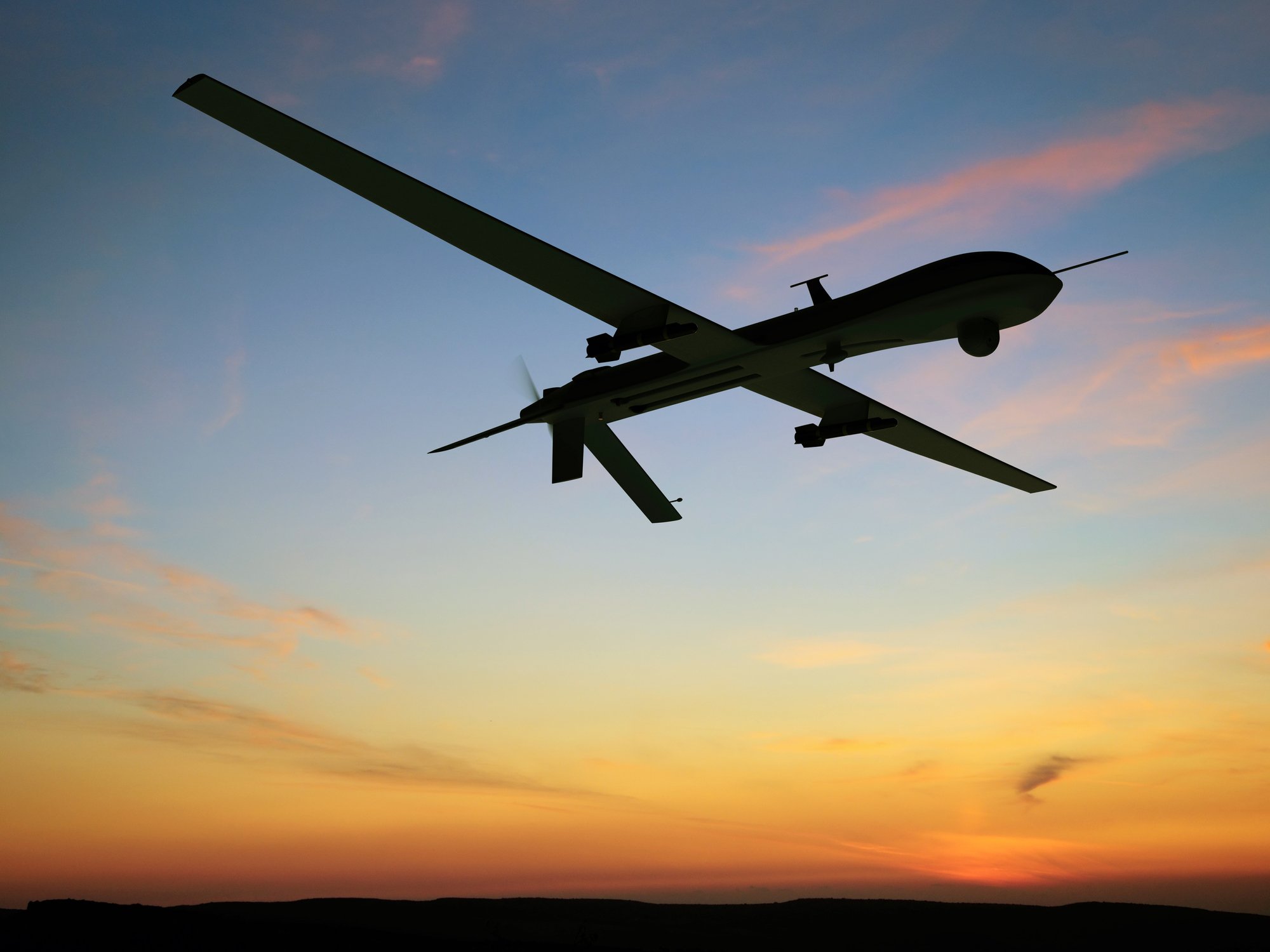
Image source: Aerovironment.
Drone regulations are starting to come out from regulatory agencies tasked with keeping the skies safe, and that could be good or bad for drone makers, depending on how you look at it. The Federal Aviation Administration and the Department of Transportation are setting up a 25-to-30-person task force that will include government, industry, and hobbyists to discuss what the best path forward for drone regulation is.
With 1 million drones potentially selling this holiday season, it's no surprise that drones are a hot topic, but that may make it tougher to fly the drone you're thinking about buying.
Drone regulations haven't been that strict yet
Thus far, the FAA's view of drones has been a bit like saying, "Everybody, please play nice." The FAA's website outlines these seven rules for drones:
- Fly below 400 feet and remain clear of surrounding obstacles.
- Keep the aircraft within visual line of sight at all times.
- Remain well clear of and do not interfere with manned aircraft operations.
- Don't fly within five miles of an airport unless you contact the airport and control tower before flying.
- Don't fly near people or stadiums.
- Don't fly an aircraft that weighs more than 55 pounds.
- Don't be careless or reckless with your unmanned aircraft -- you could be fined for endangering people or other aircraft.
That's not exactly a robust regulatory framework for potentially millions of small drones flying around the country. But the FAA is reportedly ready to beef up these regulations.
The first thing being proposed is requiring everyone to register their drones. It's not clear how the FAA would keep track of millions of drones, or what size drones would be covered by the regulations, but that could make the buying process more complicated if you have to register a drone at the moment of sale. Tracking sales of used drones would also be complicated.
CACI International was also contracted to work on technology that would locate drone operators flying illegally near airports, giving the FAA a way to prosecute those who operate in protected airspace.
With the task force due to give recommendations to the FAA by Nov. 20, we could see a quick-moving drone regulatory framework.

DJI drone with a GoPro camera. Image source: DJI.
Whom this really affects
Depending on what the regulations look like, this could complicate matters for drone makers. GoPro (GPRO 1.90%) has said it plans to produce a drone, and it may now have to build that drone to regulatory standards and help users register their new drones. Rather than a free-flowing drone environment, like we've seen the last few years, GoPro may be entering a more regulated business than it originally intended.
Aerovironment (AVAV 0.28%) is the largest small-drone supplier to the U.S. military, but it has been working on commercial drones for growth as well. I see this as more of a commercial play than a hobbyist play, like GoPro or DJI drones. In that respect, Aerovironment would appreciate greater regulations to keep less technologically advanced competitors out of the market. And I don't think products like its quadcopter Qube for law enforcement will really be hurt by FAA regulations, no matter what they look like.
DJI is the most popular drone maker, with an estimated 400,000 units sold in 2014, and it could be the most affected because it makes a relatively simple product. If tracking, registration, and other safety measures fall on the drone producer, it could add costs and make development more complex.
Like it or not, drones are coming
The success of drones and their fast adoption by hobbyists has made the FAA scramble to write rules that will keep everyone from people on the street to commercial airliners safe. For now, it appears that registration of drones is on the way, and before long, there could be ways to track drones and hold those flying near airports -- or those who cause crashes -- responsible.
Long term, having defined rules for drone makers will be a positive, but this interim period of uncertainty is a drag on drone lovers. If the FAA's current rules are any indication, they aren't going to keep drones from flying anytime soon.






